Ep. 140-5 | The Classic of Tea
In this fourth installment of the history of tea, we finally make it to the immortal Tea Saint. Lu Yu 陆羽. What Elvis was to rock n' roll, Lu Yu was to the popularity of tea in Chinese society. Here we'll look at his interesting life and his work, "The Classic of Tea" 茶经. From here on out, tea 茶 is no longer tú 荼, and neither is it bitter.
Listen On Your Favorite Podcast Player
Terms in Episode
| Pinyin/Term | Chinese | English/Meaning |
|---|---|---|
| Lù Yǔ | 陆羽 | The Tea Saint, and author of the Classic of Tea. He lived 733-804 |
| Chá Jīng | 茶经 | The Classic of Tea |
| Ěr Yǎ | 尔雅 | The first surviving Chinese dictionary |
| jiǎ | 槚 | Another early name for tea |
| chuǎn | 荈 | Another early name for tea |
| chá | 茶 | The character for tea decided on during the Tang Dynasty |
| Shén Nóng | 神农 | The Divine Farmer, an ancient mythological figure of Chinese pre-history, credited with (among many other things) the discovery of tea. |
| Bā Shǔ | 巴蜀 | The two ancient states located down in present-day Sichuan province |
| Sìchuān | 四川 | Province located in southwest China |
| Zhōu Gōng | 周公 | Duke of Zhōu, son of King Wen and brother to King Wu of Zhou |
| Zhōu | 周朝 | Dynasty in China that lasted from about 1046 to 256 BCE. In 771 BCE the dyansty entered a new phase called The Spring & Autumn Period and Warring States Period. |
| Hàn | 汉朝 | Chinese dynasty that lasted from 202 BCE to 220 CE |
| Jìn | 晋朝 | Chinese dynasty that lasted from 266 to 420 CE |
| Cháng’ān | 长安 | Capital of several dynasties, located in present day Xian, Shaanxi Province |
| Yán Zhēnqīng | 颜真卿 | Chinese calligrapher, military general, and politician. Lived from 709–785. he had a great influence on Lu Yu |
| Hóngzhì Emperor | 弘治帝 | Ming Dynasty emperor who reigned 1407-1505 |
| Zhìjī Chánshī | 智积禅师 | Abbot Zhìjī of Lónggài Monastery, Lu Yu's adoptive father |
| Dézōng Emperor | 唐德宗 | Tang emperor who reigned 779-805 |
| Yángzhōu | 扬州 | City in Jiangsu Province on the north bank f the Yangzi River |
| Nánlǐng River | 南凌河 | River in northern Jiangsu, renowned in its day for its high quality water |
| Nánběi Cháo | 南北朝 | The Northern and Southern Dynasties period |
| Suí | 隋朝 | A period in Chinese history that was placed in between the Jin and Sui dynasties and lasted from 386-589 |
| Lǐ Shìmín | 李世民 | The personal name of the Táng Tàizōng 唐太宗 emperor |
| Yuè ware | 越器 | As the first fine glazed Chinese wares with no toxicity problems from the glazing, Yue ware begins the classic tradition of Chinese ceramics used for serving food and drinking wine or tea. |
| Xíng ware | 邢窑 | is a type of Chinese ceramics produced in Hebei province, most notably during the Tang dynasty. |
| Héběi | 河北 | Province in northern China |
| Yuèzhōu | 岳州 | City in Zhejiang famous for Yue ware |
| Tiānmén | 天门 | City in Hubei. The hometown of Lu Yu |
| Luk Yu Tea House | 陸羽茶室 | Famous tea house and dim sum restaurant located on Stanley Street, in the Central area of Hong Kong, established in 1933. |
| Huīzōng | 宋徽宗 | Second to the last emperor of the Northern Song whose poor leadership led to the fall of the dynasty in 1127. It was reconstituted down in Hangzhou later and lived on as the Southern Song. |







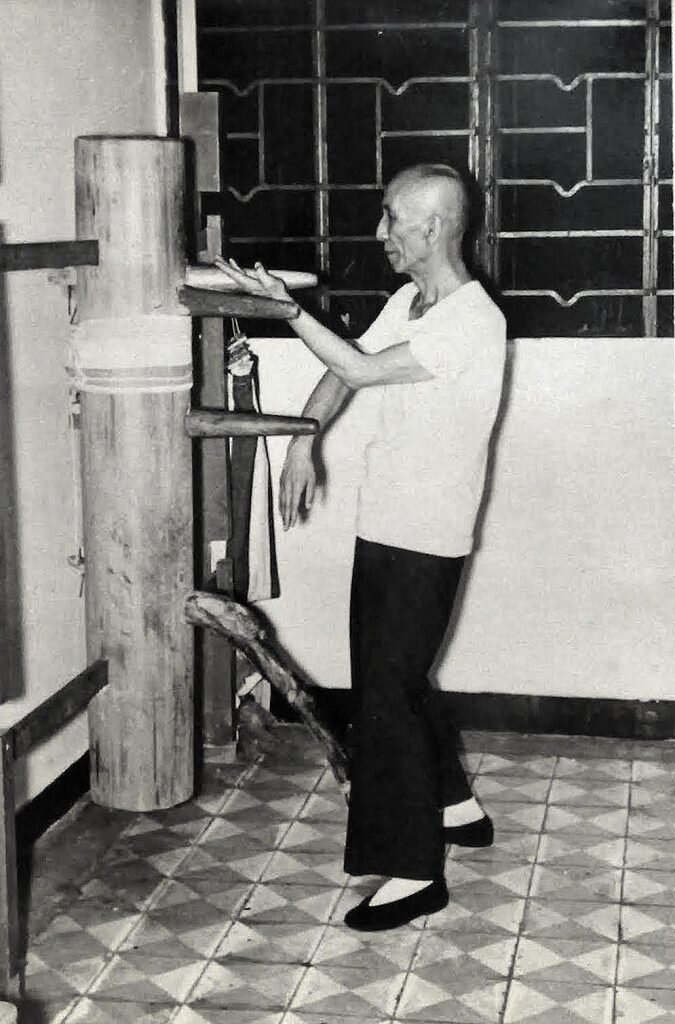
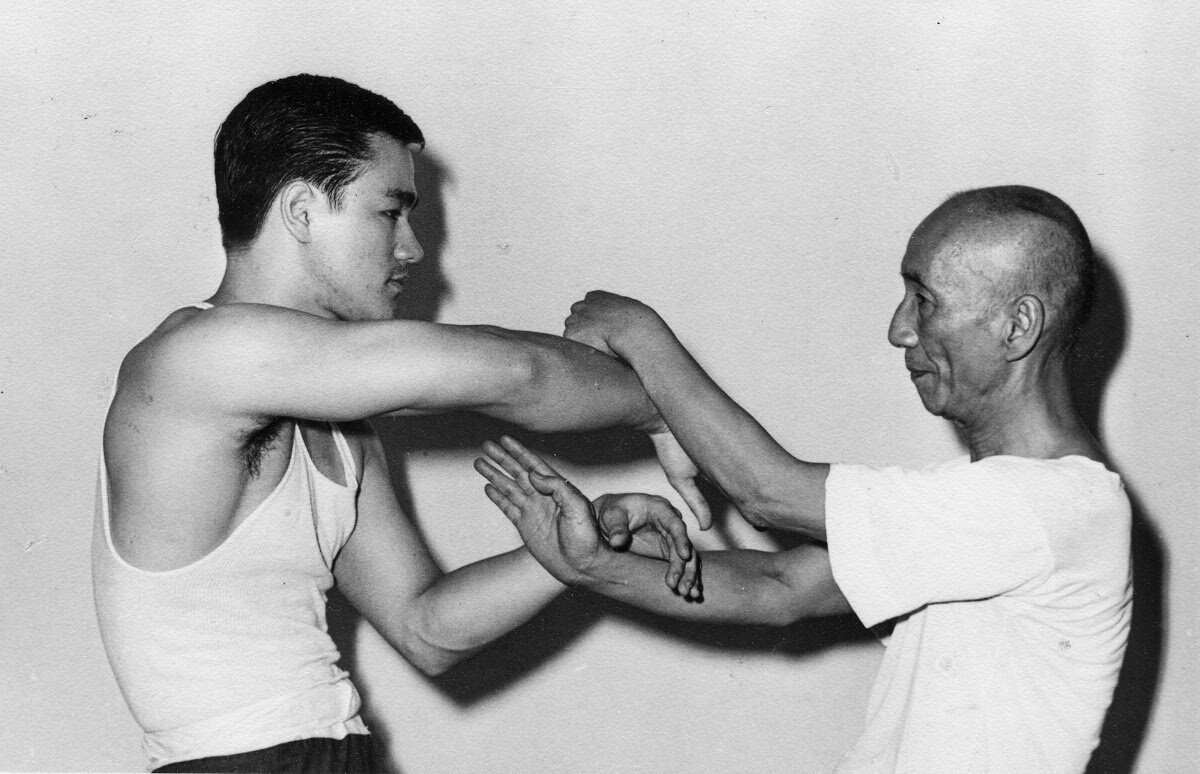


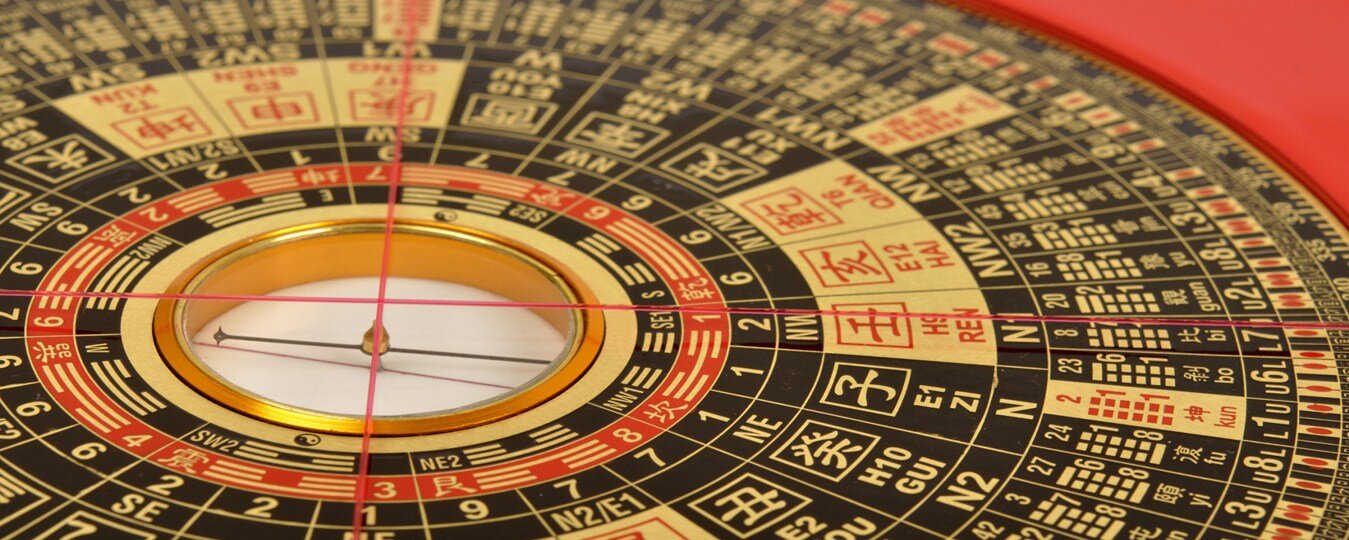
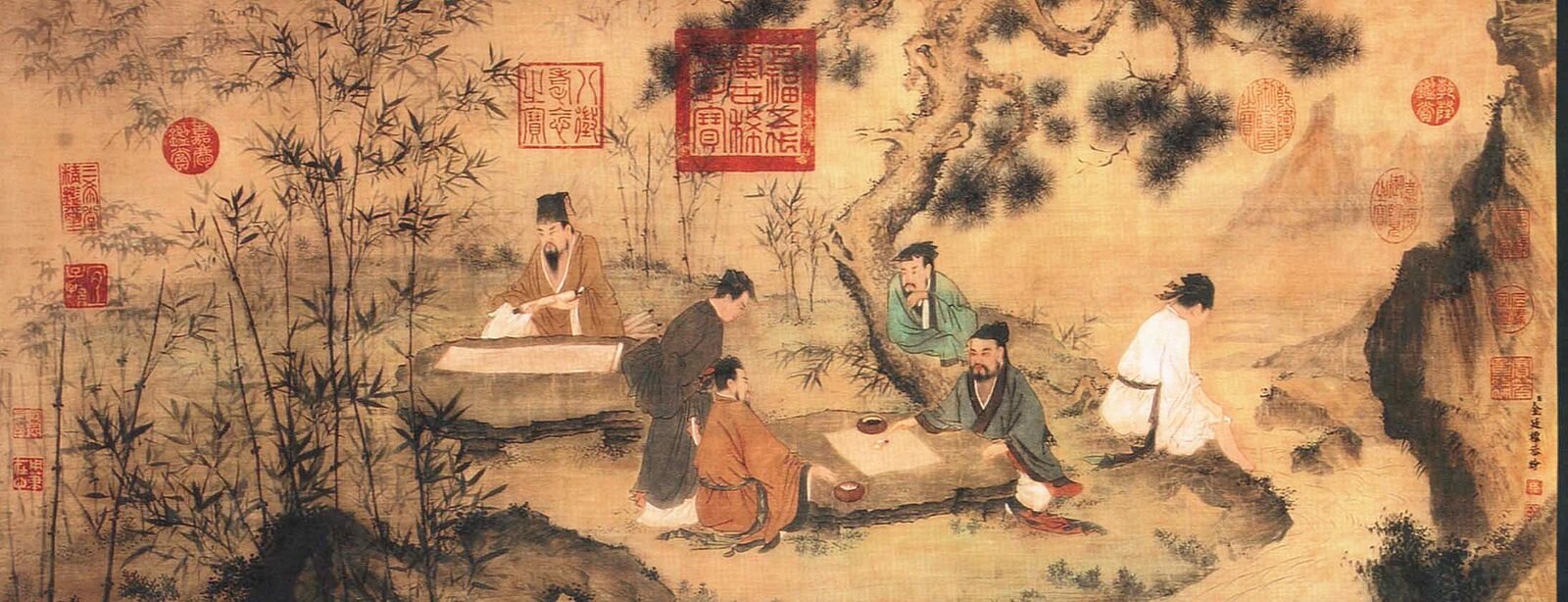
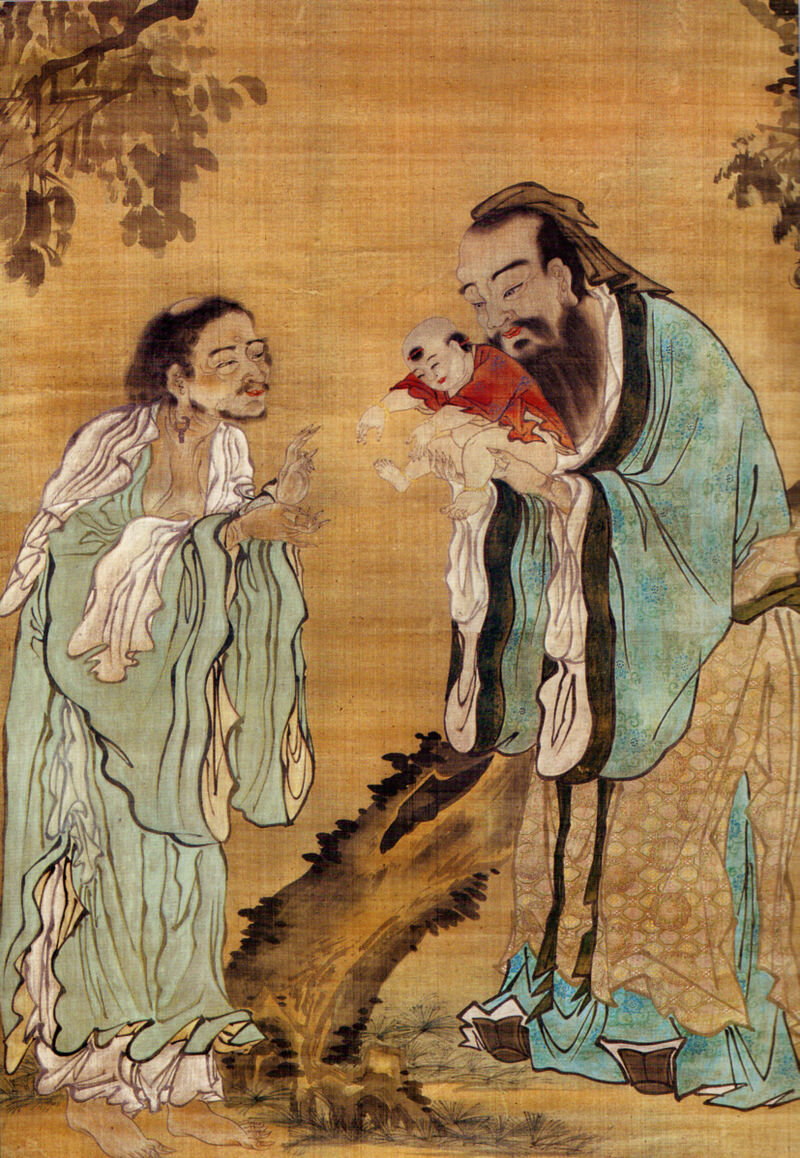
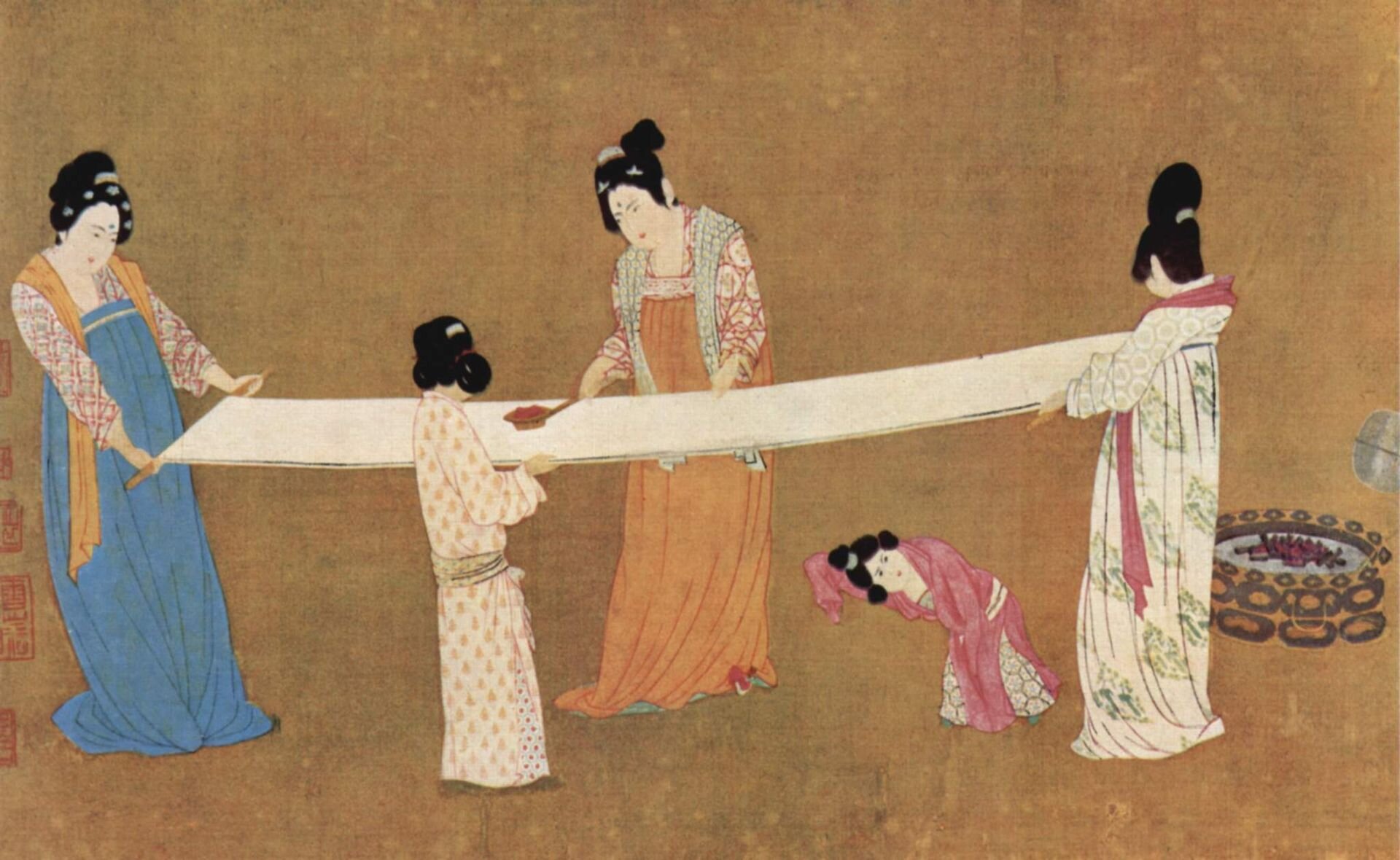
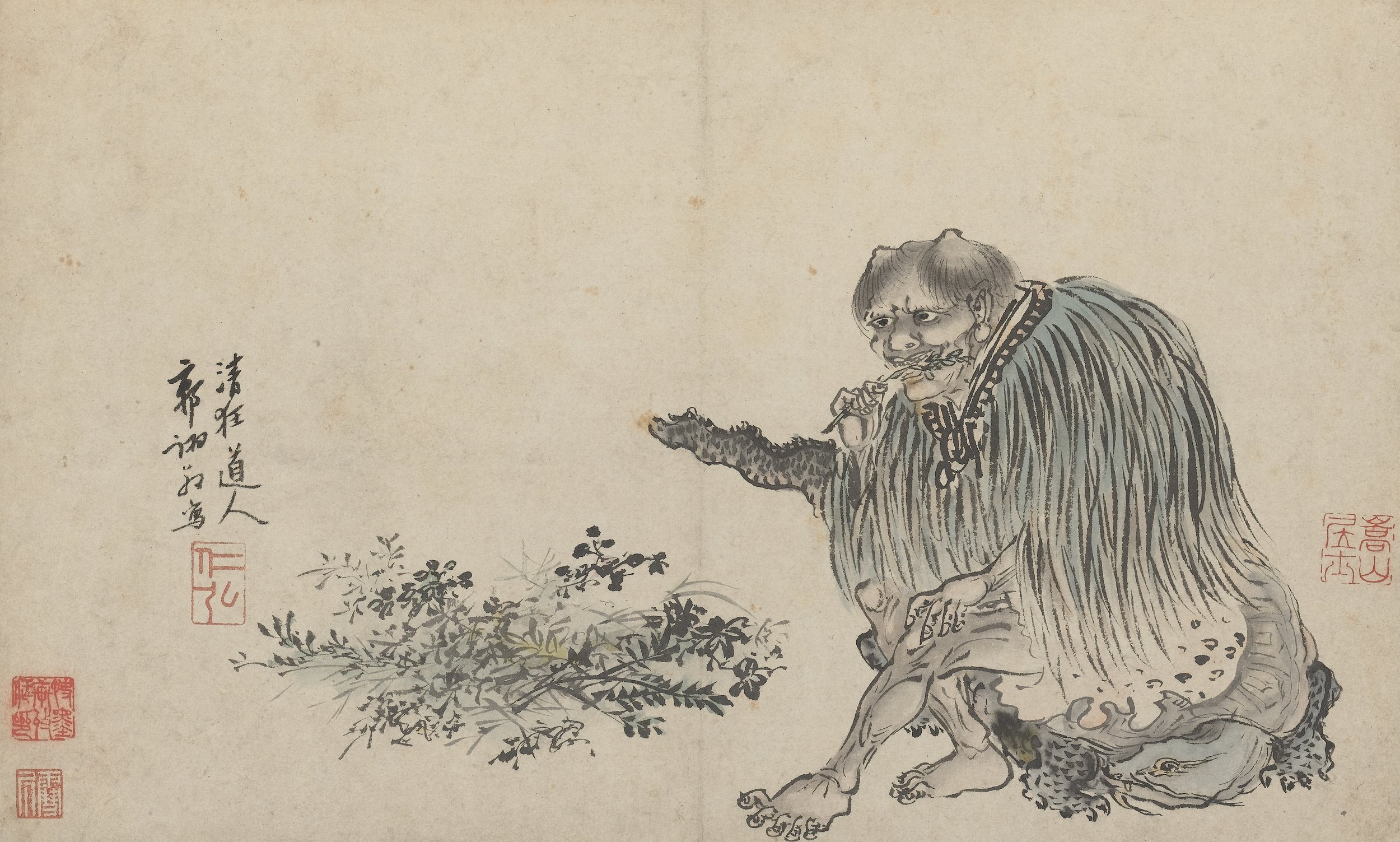
In this episode, we start a new series that looks at the history of Chinese Medicine or TCM.